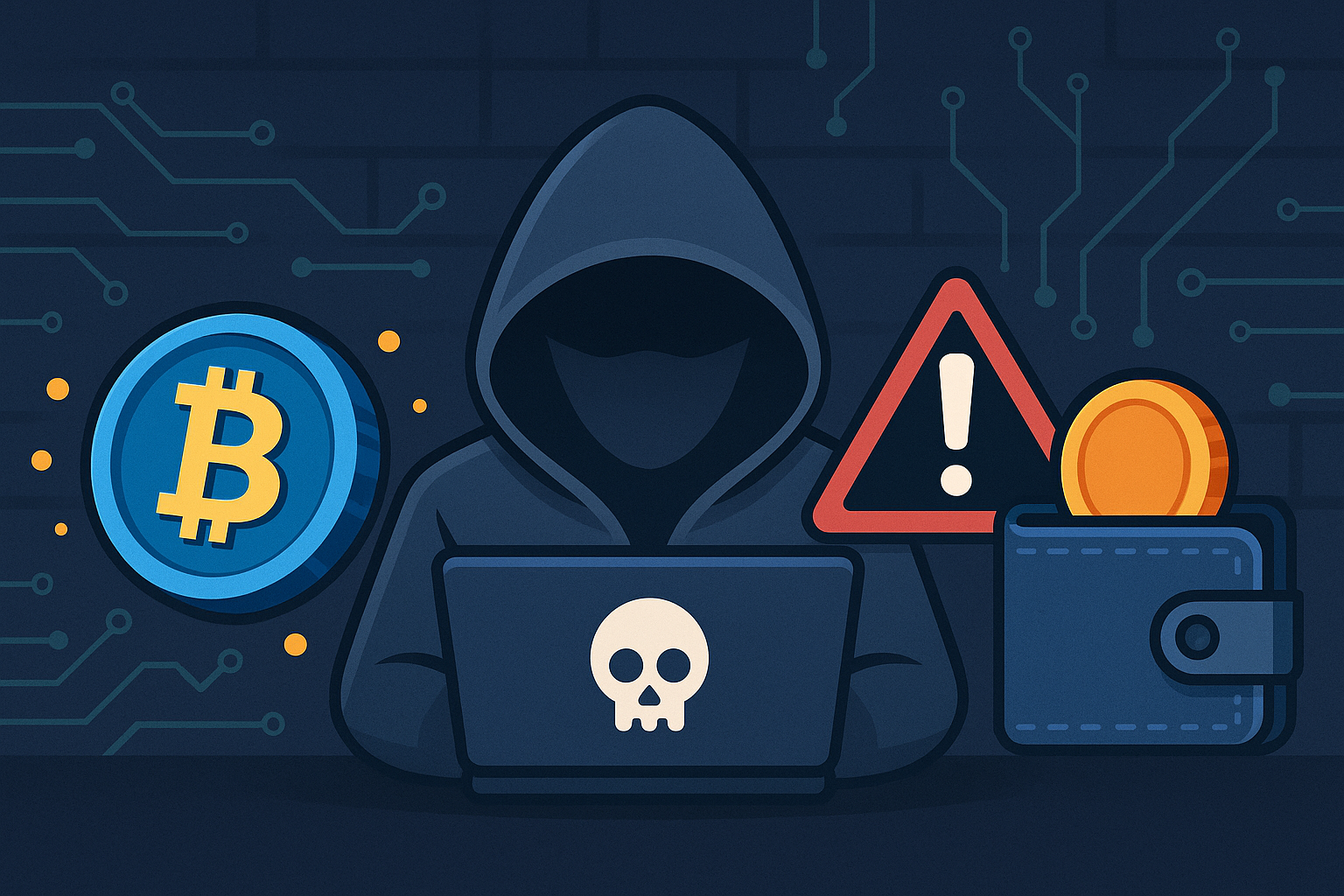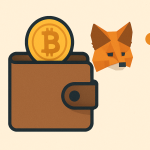As more people start using cryptocurrencies, scammers are finding new ways to trick users. If you’re new to crypto, it’s important to learn how to spot a scam before it’s too late.
In this beginner-friendly guide, we’ll explain what a crypto scam is, the most common types, and simple ways to protect yourself.
Contents
What Is a Crypto Scam?
A crypto scam is a trick used to steal someone’s cryptocurrency. Scammers may pretend to be a trusted person or service, offer fake deals, or make websites that look real.
Once they get your crypto, there’s no way to get it back — so it’s very important to learn how to avoid them.
Why Crypto Is a Target for Scammers
Cryptocurrency is:
-
Fast – Money moves quickly.
-
Irreversible – Once you send it, it’s gone.
-
Anonymous – It’s hard to track who received it.
-
New – Many users don’t fully understand how it works.
These reasons make it easy for scammers to fool beginners.
Common Types of Crypto Scams
Here are the scams you’re most likely to see:
1. Phishing Scams
Scammers send fake emails, links, or social media messages asking for your wallet info or seed phrase.
🛑 Never share your seed phrase. No real service will ask for it.
2. Fake Giveaways
Scammers promise to send you double the crypto if you send them some first. This is common on Twitter and YouTube.
🛑 If it sounds too good to be true, it’s a scam.
3. Pump and Dump Tokens
A new token gets hyped online. People buy in, the price jumps, then the creators sell everything and disappear.
🛑 Always research before buying unknown tokens.
4. Impersonation
Scammers pretend to be support agents, influencers, or even friends. They ask for help or wallet access.
🛑 Double-check usernames. Real accounts are verified.
5. Fake Exchanges or Wallets
Some websites look like real crypto apps but are designed to steal your money.
🛑 Only download apps from official websites or app stores.
6. Malicious Smart Contracts
Some DeFi platforms or NFTs hide harmful code that steals tokens or blocks you from selling.
🛑 Check if the smart contract is audited before using it.
How to Spot a Crypto Scam
Here are common red flags to watch for:
🚩 Promises of “guaranteed profits” or “risk-free” returns
🚩 Pressure to act fast or “limited-time offers”
🚩 Asking for your private keys or seed phrase
🚩 No clear team, roadmap, or product
🚩 Poor spelling or grammar on the website
🚩 Fake social media followers or engagement
🚩 Airdrops that ask you to connect your wallet to unknown sites
How to Protect Yourself
✅ Use a trusted wallet – MetaMask, Trust Wallet, or Ledger
✅ Store your seed phrase offline – Never online or in a screenshot
✅ Double-check URLs – Scammers make fake websites that look real
✅ Do your own research (DYOR) – Look up the project, team, and reviews
✅ Use two-factor authentication (2FA) on exchanges
✅ Never send money to “support” in Telegram or Discord
What to Do If You Get Scammed
Unfortunately, most crypto transactions can’t be reversed. But you can:
-
Stop any further access – Move your funds to a safe wallet.
-
Report the scam – Tell the crypto platform and communities.
-
Warn others – Sharing your experience can help others avoid the same mistake.
Learn from Real Examples
-
Fake Elon Musk giveaways: People lost millions by sending ETH to fake giveaway addresses.
-
Rug pulls: Projects like Squid Game Token skyrocketed in price, then dropped to zero when the team disappeared.
-
Support scams: On platforms like Telegram, scammers pretend to be admins to steal wallet info.
Final Thoughts
Crypto is exciting — but it’s also full of risks, especially for beginners. Scammers are smart, fast, and always trying new tricks.
The best protection is education. Learn how scams work, stay alert, and never share private info.
If you ever feel unsure, take a step back. A real opportunity will still be there tomorrow. A scam usually won’t wait.




